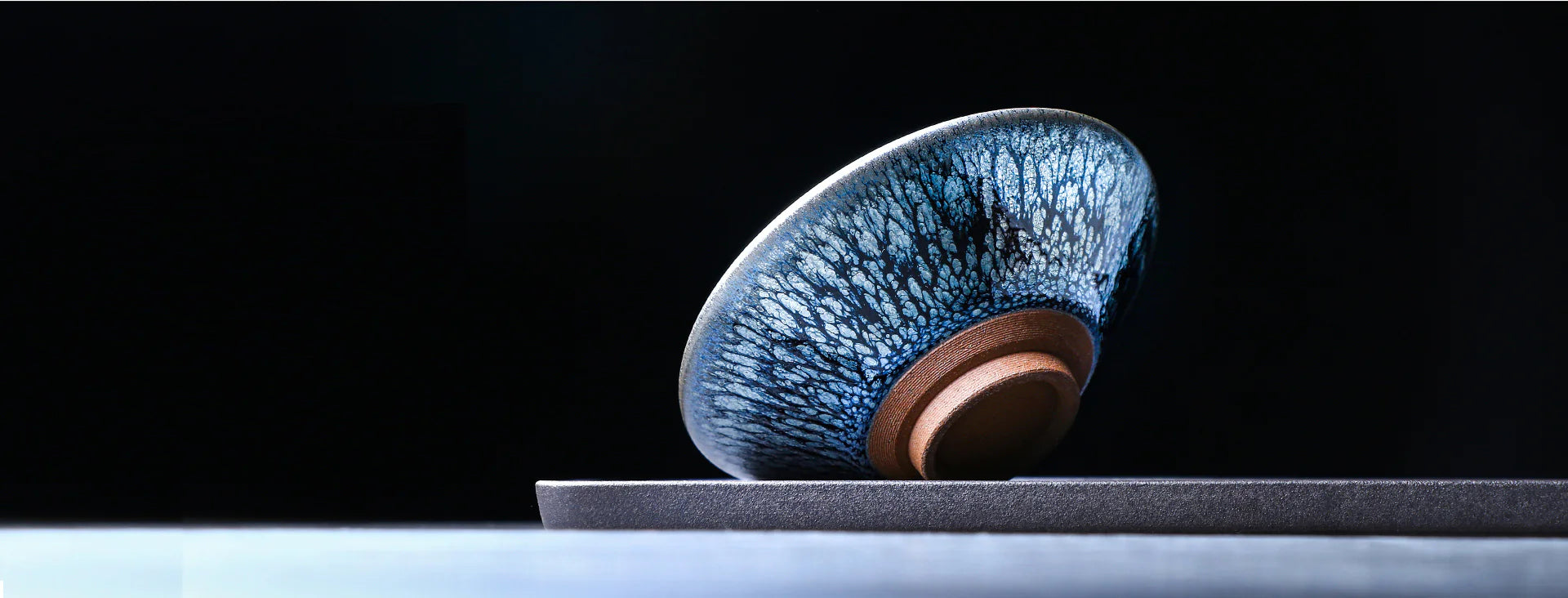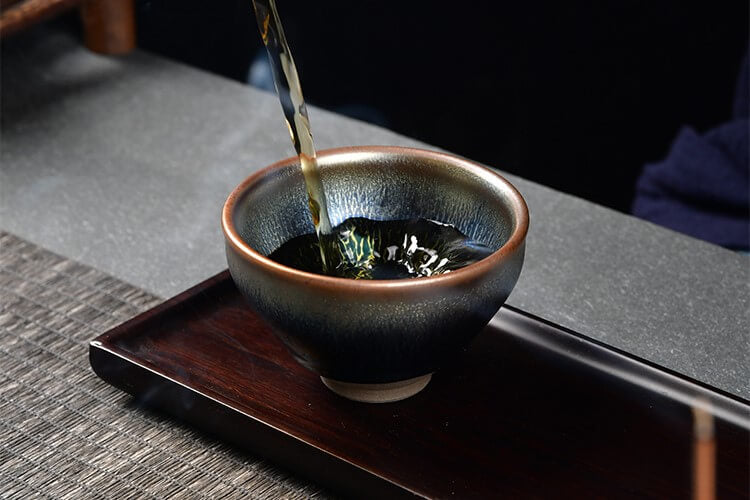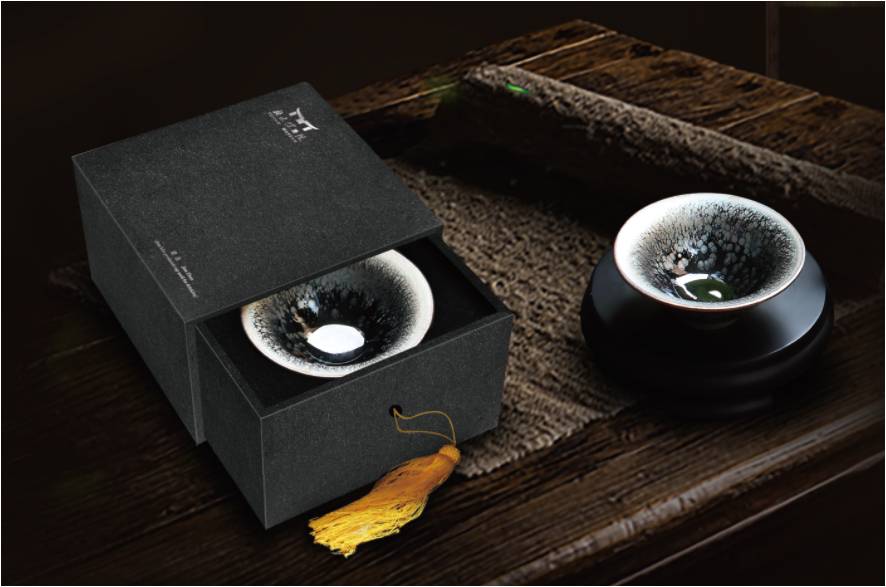2014 TMK "Chen Pi - Dong Jia Cun" (Tangerine Peel - Dongjia Village) Herbal Tea
- Free shipping worldwide
- Tax and import charges included
- First order 10% Off, Code: TMK2025

This Chen Pi was harvested in the year 2014 from Dong Jia village.
Brewing method:
-
Brewing is preferred over steeping, which means you should use a teapot or kettle rather than simply steeping leaves.
-
Recommended brewing vessels include ceramic kettles or pots, glass kettles, or silver kettles. Stainless steel kettles are not recommended, although some people still use them.
-
Use 2-3 grams of leaves for 1-3 drinkers. You can adjust the amount and the thickness of it according to your preference, but it's advisable to start with a lighter flavor, especially if you're trying it for the first time.
-
Alternatively, you can take around 1 gram of the Chenpi and break it into small pieces to steep it alongside other types of tea like Shou Puerh (ripe tea) or Sheng Puerh. Most people in your area drink it with Shou Puerh, but some may prefer aged Sheng Puerh or aged white tea.
-
Before brewing, you can lightly clean the Chenpi by rinsing it with cool water to remove any dust or impurities.
These instructions should help you prepare and enjoy the Dong Jia village Chenpi from 2009 in the recommended way. Enjoy your drinking!
Chen Pi is dried tangerine or mandarin orange peel. It's used in traditional Chinese medicine for its health benefits, especially for aiding digestion and helping with respiratory issues like coughing or phlegm production. It's valued for its ability to regulate 'qi', particularly in the spleen and stomach, according to traditional beliefs. Its effectiveness is thought to increase with age, hence the name "Chen," which means aged. It's often used in herbal teas or cooking to impart flavor and promote health.
Storage:
Guangzhou natural storage.
Free shipping
Delivery Time:
Delivery time = Process time + Shipping time
1). Process Time:
Processing Time: 1-3 days
2). Shipping Time:
Standard Shipping: 8-15 business days.
Express Shipping: 5 -7 business days.
Some special countries will take more time. Learn more: Shipping Info.
Our Guarantee:
We accept returns within 30 days of receiving your package.
Learn more about our Return Policy.





















